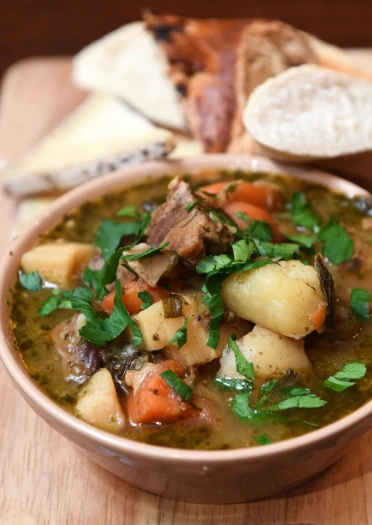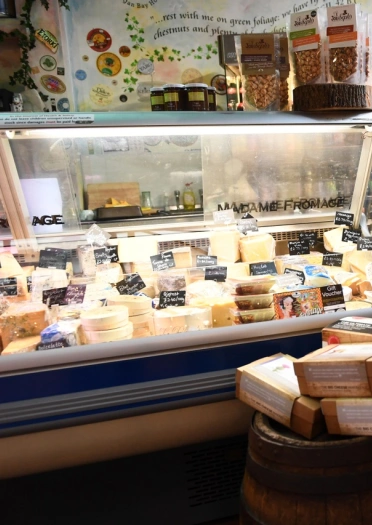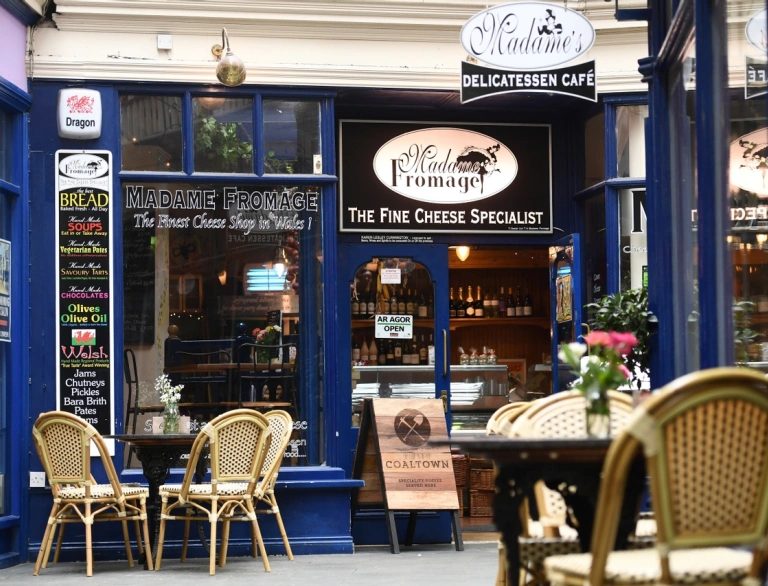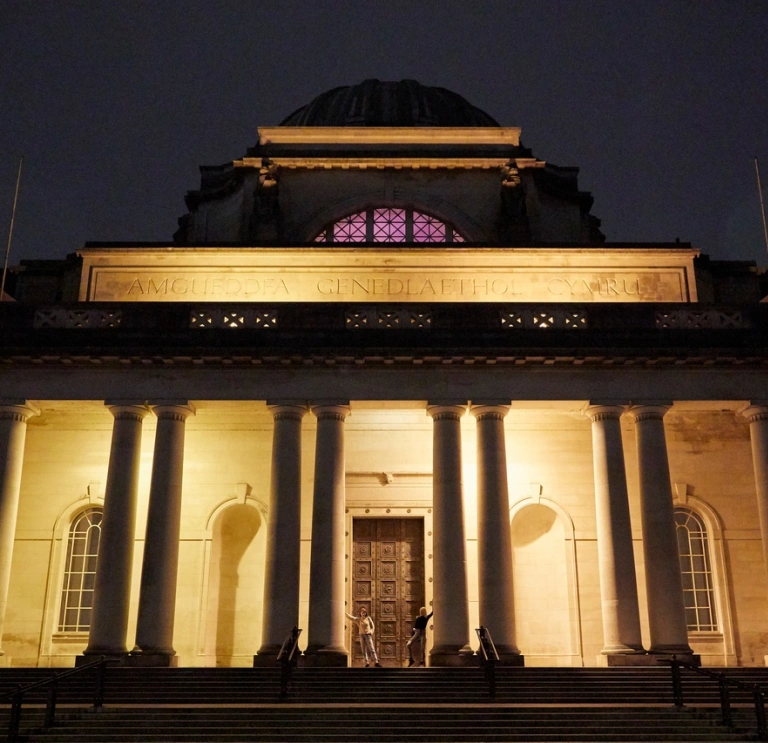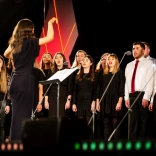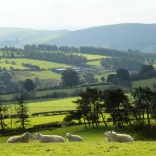Wales and France may be separated by the sea, but their capital cities are only 300 miles apart. Thanks to their ancient Celtic identities there are some striking commonalities in language and culture, which have helped the two nations build strong social and commercial links.
Sharing produce
Both countries export and import vast quantities of goods to each other. Welsh exports to France were valued at £1.6bn in 2022. France is Wales' second largest export destination, with the highest value sectors being transport equipment and iron and steel.
France is also Wales’ largest export market for food and drink, with annual trade worth around £150m. Much of this trade is in meat and meat products, with exports of Welsh lamb to France along being worth £77m.
Formal business twinning
Agreements, showcases and schemes aid Franco-Welsh trade and business opportunities. The Welsh Government Office has close relationships with the Franco-British Chamber of Commerce, the French Chamber of Commerce in Great Britain and Business France UK. The Wales-France Business Forum, Le Club, launched in 2019. Approximately 80 French-owned companies are active in Wales, employing more than 10,000 people.
Languages
Breton (the language of Brittany, France) and Welsh are separate languages with their own alphabet, words and grammar rules. But, there are some commonalities between them. They are both of Celtic origin, so there are some similar words in the languages. For example, ‘window’ is ‘ffenestr’ in Welsh and ‘fenestr’ in Breton; ‘dog’ is ‘ci’ in Welsh and ‘ki’ in Breton.
Both Breton and Welsh languages were once attacked by the establishment. From 1880 until c.1950, French authorities banned Breton in schools. Those caught speaking it were punished. Around the same time, the Welsh Not - a piece of wood - was given to schoolchildren caught speaking Welsh to stigmatise and punish them. Thankfully this doesn’t happen anymore, and people in Wales and Brittany make great efforts to keep their languages alive.
Brittany is a priority region for Wales. The links between the two are strong. They have a Memorandum of Understanding to work together and create a joint action plan to maintain cultural links and to boost co-operation.
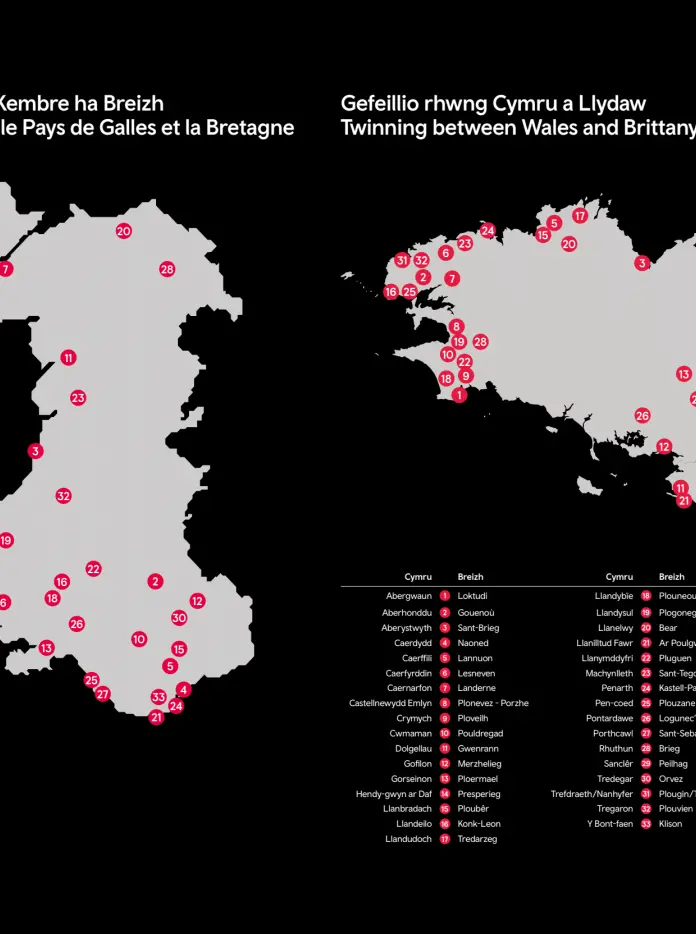
Place names
Some place names in France have Welsh origins. Saint-Malo in Brittany is named after Saint Malo, one of Brittany's seven founding saints. He's believed to have been born in Wales around 520 AD.
Some place names in Wales have French origins. Beaumaris in North Wales takes its name from a French description of its castle. The Norman-French builders who erected the castle called it ‘beaux marais’ (translating into ‘beautiful marshes’ in English). It shows that people have long moved between the two countries to live, work and study.
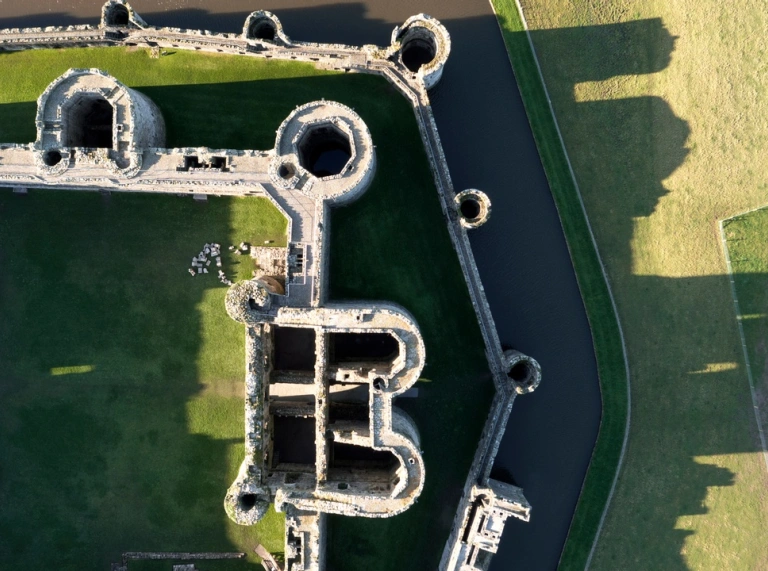
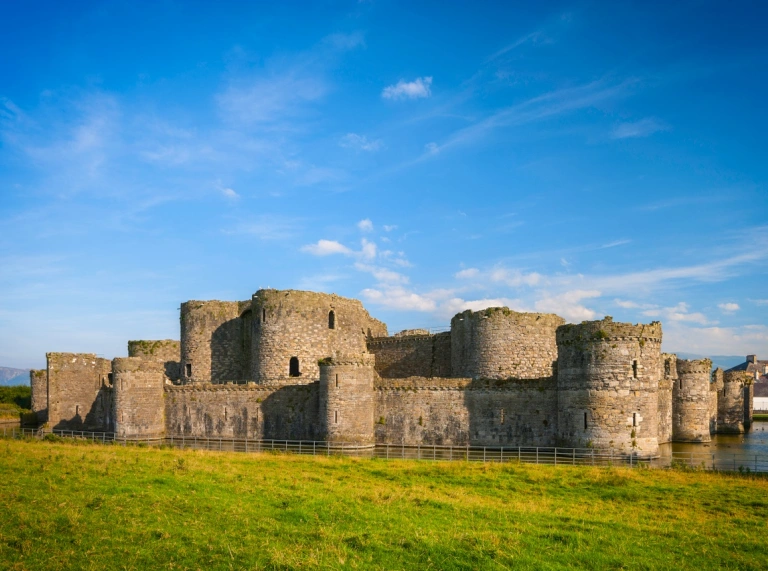
Anthems
Wales’ influence as a Land of Song is clear in Brittany's anthem. Bro Gozh ma Zadoù is based on the Welsh anthem, Hen Wlad Fy Nhadau. Both titles mean ‘Old Land of my Fathers’, and they share the same tune.
Geography
Wales and France share some geographical similarities. Both have large mountainous regions – though the peaks of Eryri are dwarfed by the summits of France’s Alpine areas. Both countries also have a green, sparsely populated interior and miles of stunning coastlines. As in Wales, much of the French countryside is dotted with ancient castles.
Cardiff’s average temperature over the year is only 0.9℃ less than that of Paris (according to the World Meteorological Organization). Cardiff is wetter, getting nearly twice as much rainfall and 37 more rainy days than Paris.
Twinned towns, cities and communes
Many towns and villages in Wales are twinned with counterparts in France. They include Cardiff and Nantes, Colwyn Bay and Roissy-en-Brie, Llandudno and Wormhout, Abergavenny and Beaupréau-en-Mauges, Blaenafon and Coutras, Llanwrtyd Wells and Meriel, Newtown and Les Herbiers, Swansea and Pau, plus many more.
Art
A great deal of cultural exchanges take place between Wales and France. Artists from France flock to Wales for inspiration and vice versa. Each country shows artworks by people from the other. The National Museum Wales in Cardiff has the largest collection of French Impressionist art outside of France, including pieces by Monet, Renoir, Sisley and Cézanne. A new partnership between the National Museum Wales and the Musee d’Orsay also saw a reciprocal loan of paintings by Renoir and Van Gogh between Wales and France.
Recent cultural exchanges have seen performances and collaborations from Welsh artists in Frances. These include Newport theatre company Dirty Protest working with young asylum seekers in rural France, NoFit States performing in Lyon and Gruff Rhys showcasing his new album in Paris.
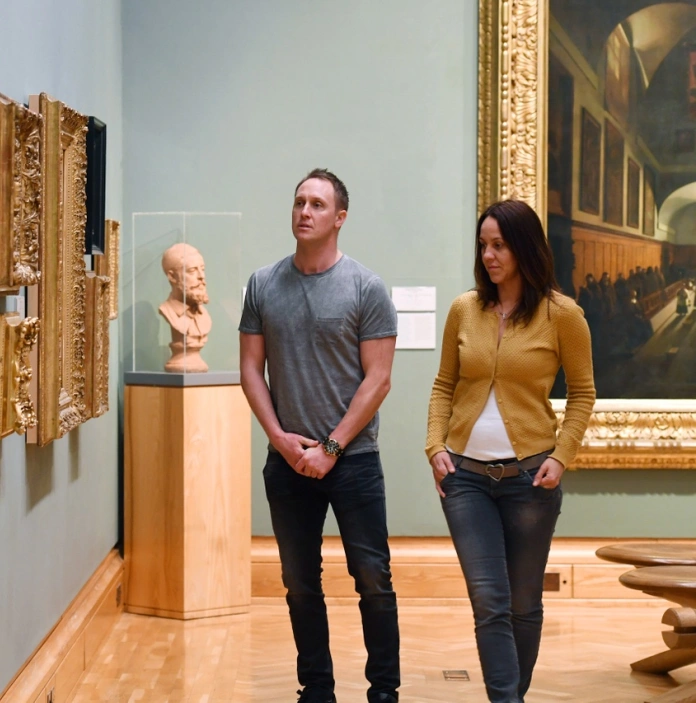
Celtic celebration
France hosts the annual 10-day Lorient Celtic Festival in August. 750,000 visitors celebrate Celtic music, culture and identity. There are mini-events including performances, parades, masterclasses and craft sessions.
In 2023, a partnership between the National Eisteddfod with Lorient Festival began, helping to build cultural links between the two nations. One of the initiatives saw 100 Welsh children to attending Lorient Festival this year, followed by a reciprocal visit of Breton children to Llangrannog.
Sport
Rugby union and rugby league teams in both countries have strong fan followings. Every year, Wales and France compete in the Six Nations Championship alongside teams from England, Ireland, Italy and Scotland. Elsewhere in sport, Geraint Thomas from Wales won the 2018 Tour de France, came second in 2019 and third in 2022. At the Paris Olympics and Paralympics in 2024, Welsh athletes won 29 medals.
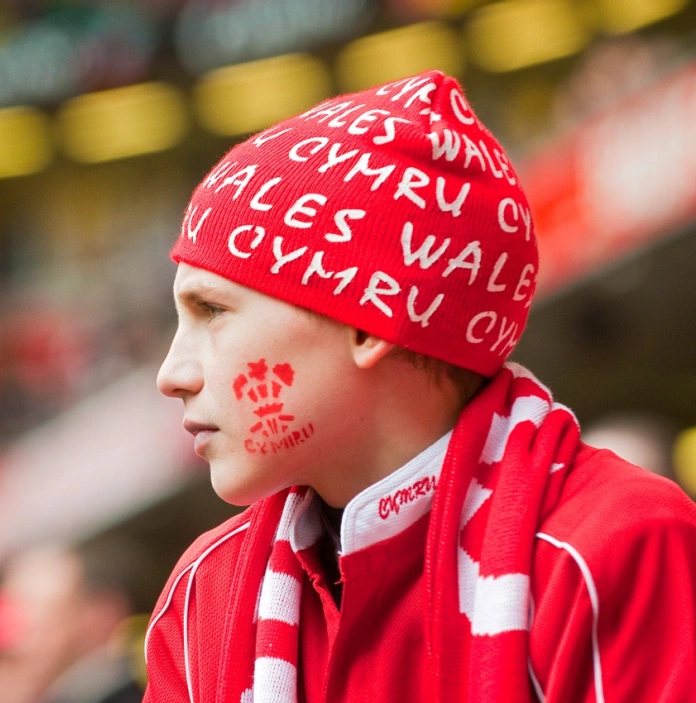
Food
You’ll find a number of crossovers in Welsh and French cuisine. Both countries place importance on using fresh, locally produced ingredients like lamb, beef, oysters, mussels, salmon, trout, crabs and lobsters. Cheese is another common factor, with a huge variety of world-renowned styles and varieties being made in both Wales and France.
They also have soups that were born out of poverty but have since become national dishes, namely cawl in Wales and French onion soup in France. France is also famous for its wines, while a growing numbers of vineyards across Wales are starting to produce award-winning vintages.
